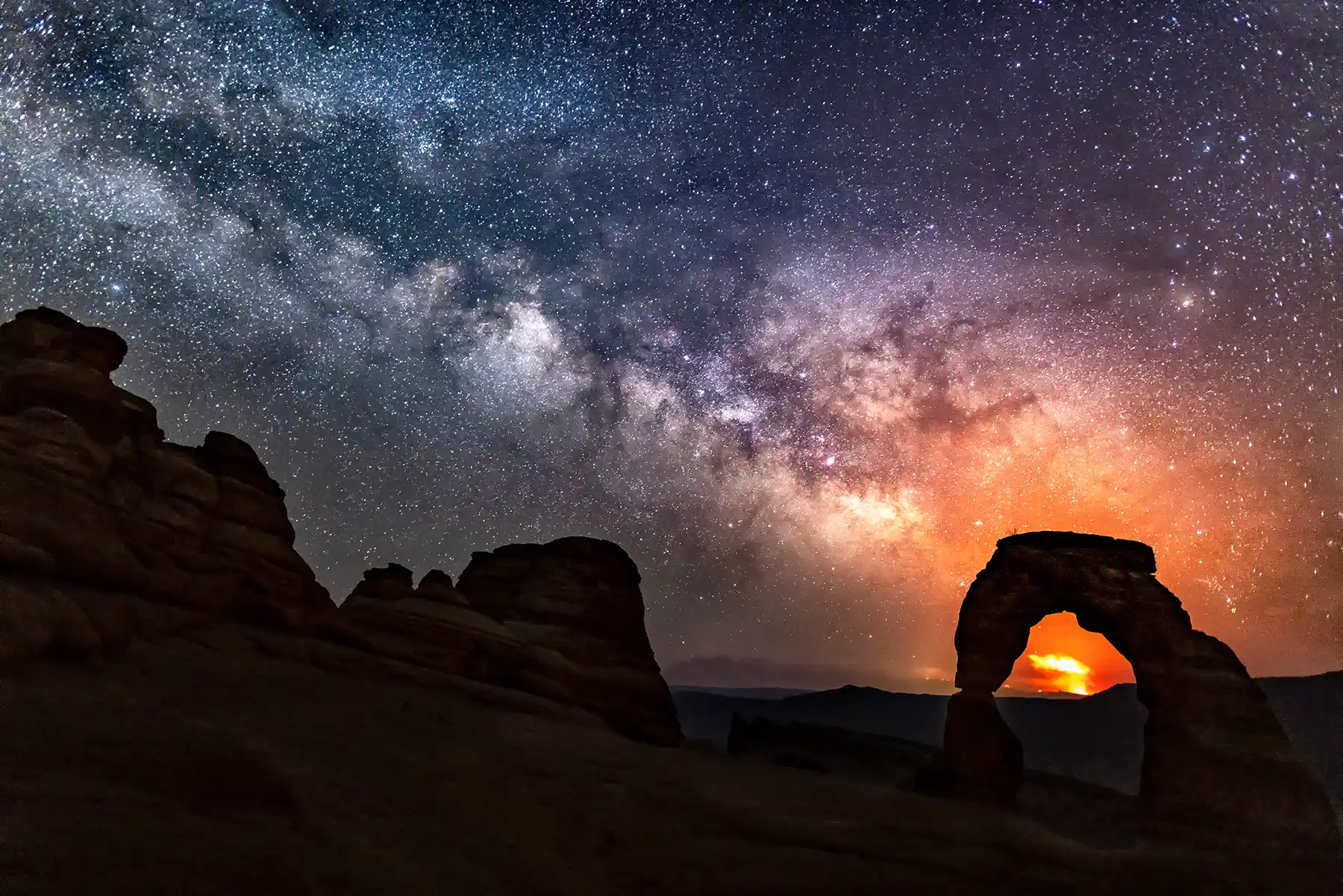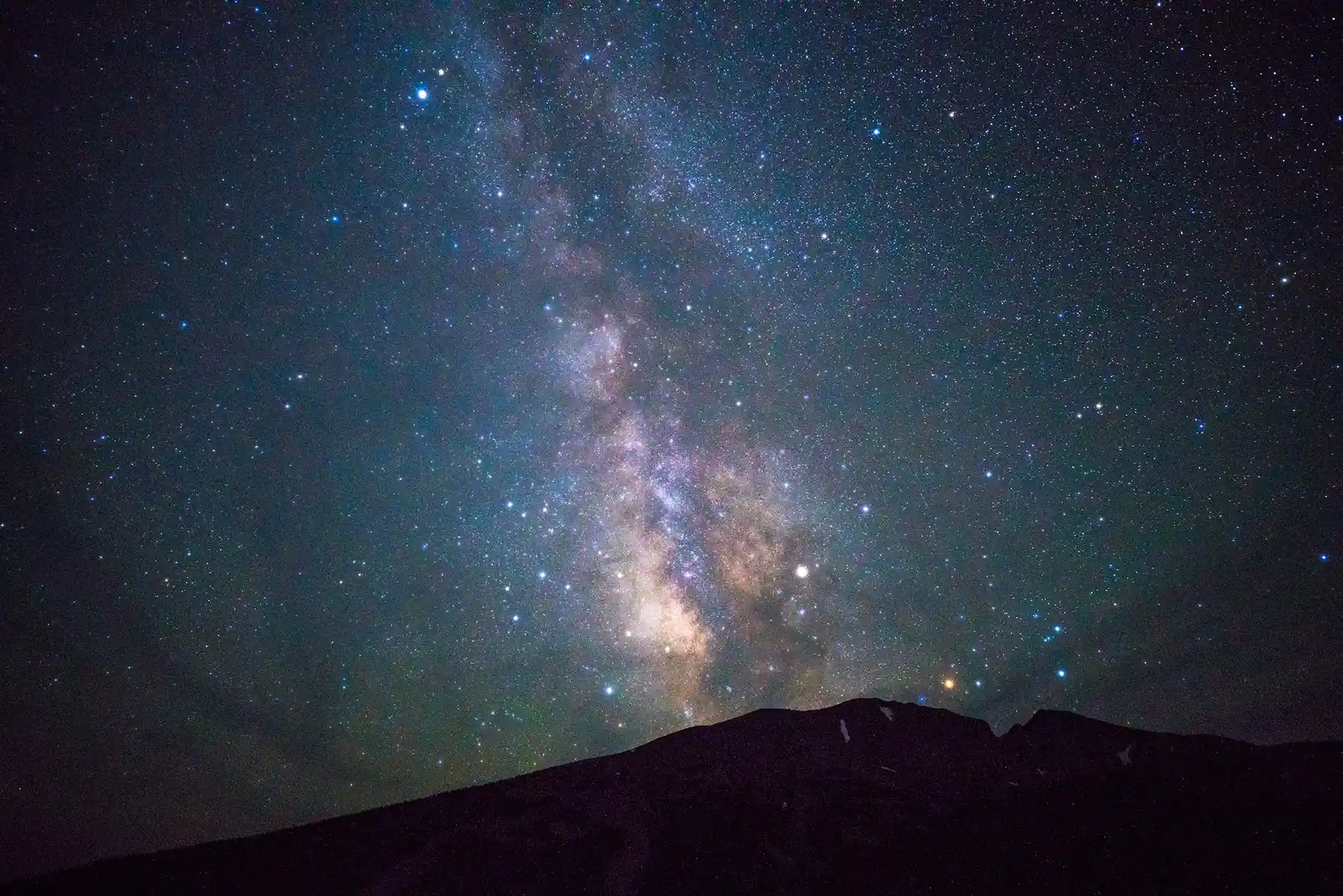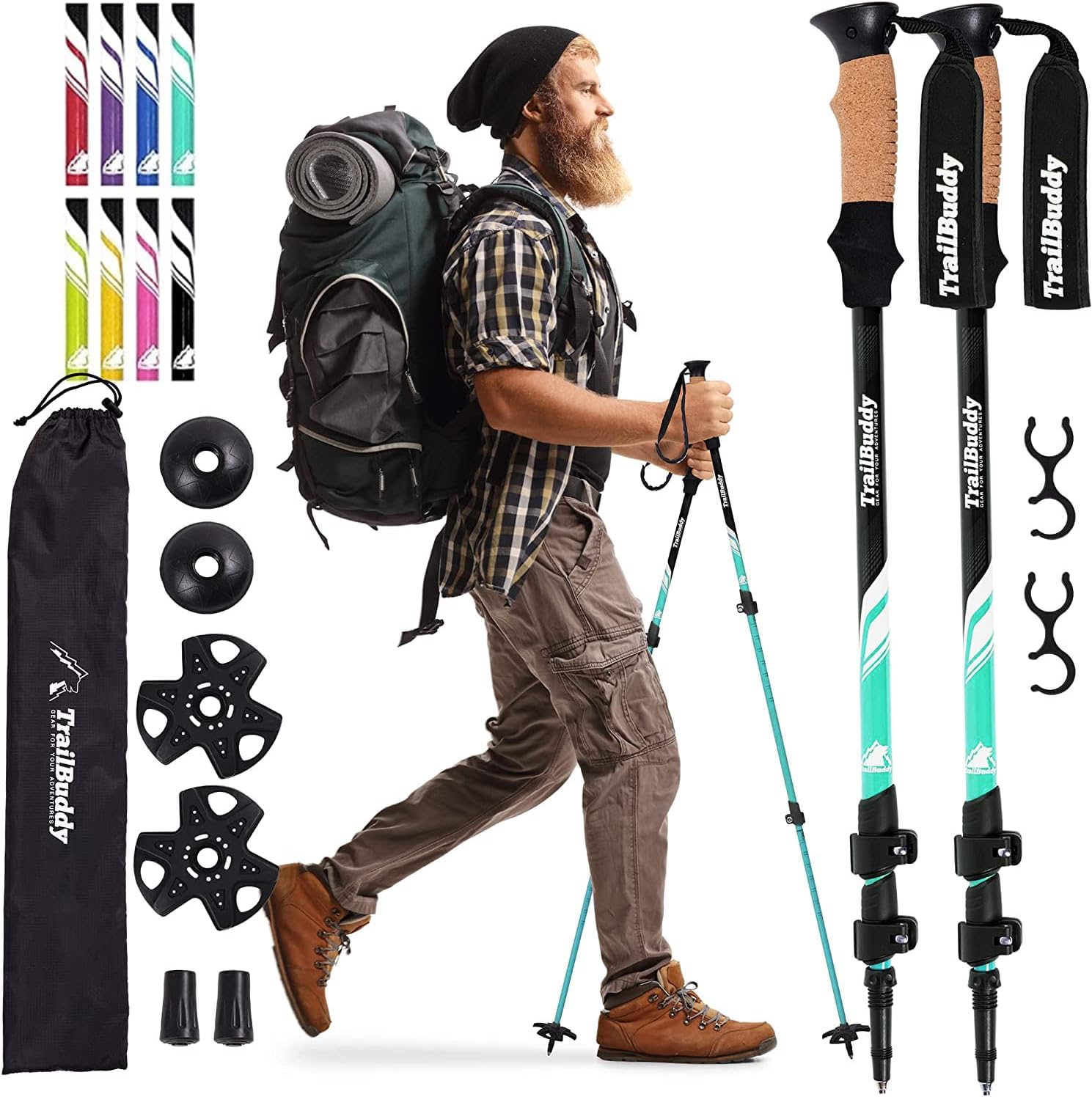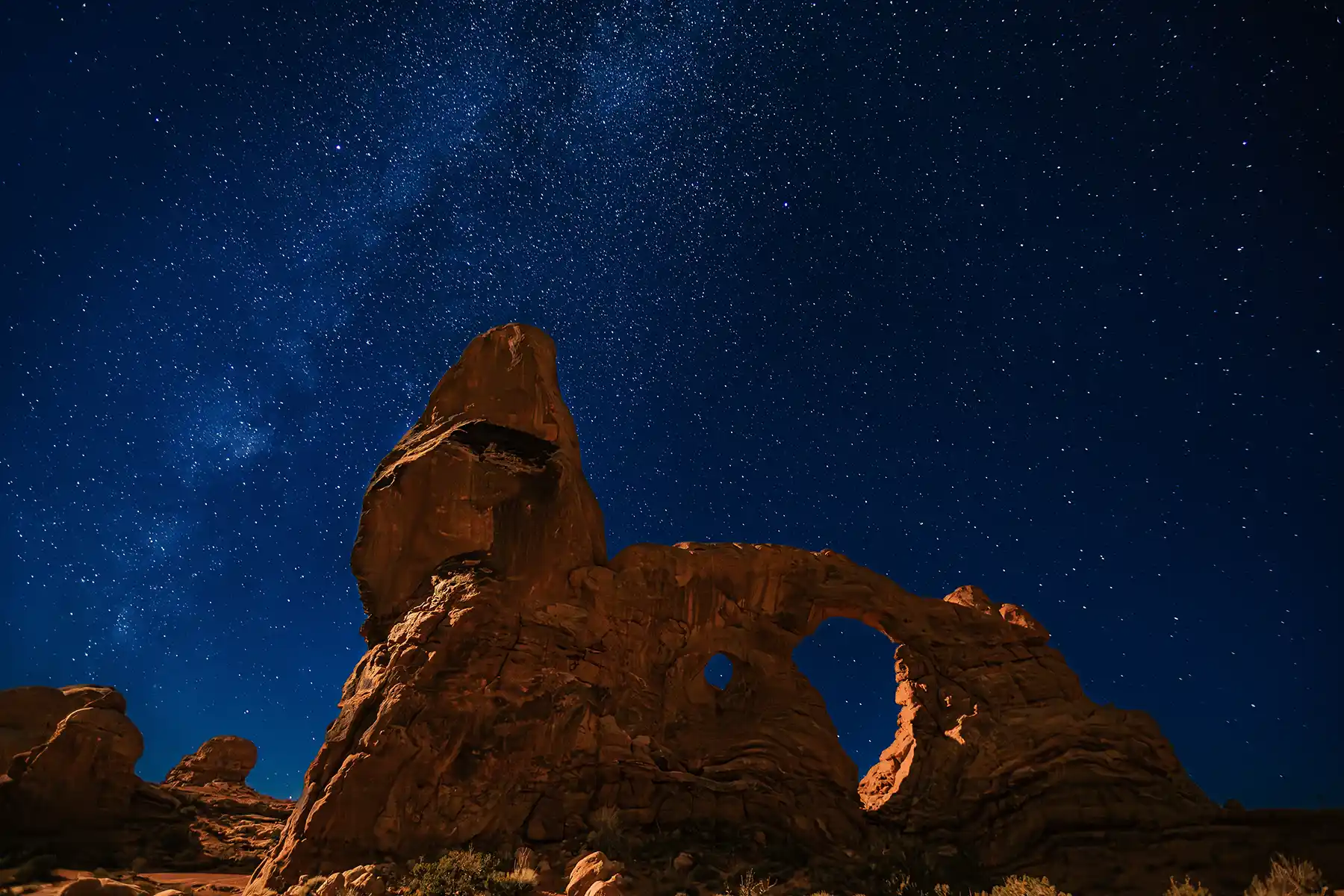Wild Wanderers Almanac
Dark Sky National Park: Top 5


Dark Sky National Parks: Top 5 Choices for Stargazing Bliss
For nature lovers and night sky enthusiasts, few experiences compare to standing beneath a blanket of stars in a national park, free from the harsh glow of city lights. Dark Sky National Parks are specially recognized for their exceptional stargazing conditions, often located far from urban development and actively working to reduce light pollution. Whether you’re an amateur astronomer or simply appreciate a good Milky Way view, these parks offer a front-row seat to the universe. Here are our top five picks for the best Dark Sky National Parks in the U.S.

Bryce Canyon National Park, Utah
Famous for its surreal red rock formations called hoodoos, Bryce Canyon is equally renowned for its stunning night skies. The park sits at an elevation of 8,000–9,000 feet, which means thinner atmosphere and clearer skies. It was one of the first parks to initiate a night sky program and has received IDA certification for its efforts.
Bryce Canyon hosts an annual Astronomy Festival, which includes telescope viewing, guest speakers, and hands-on activities. You can enjoy breathtaking views of planets, meteor showers, and even distant galaxies from areas like Sunset Point or Rainbow Point.
Best Time to Visit: Summer months during the Astronomy Festival or during a new moon for maximum visibility.
Great Basin National Park, Nevada
Often overlooked, Great Basin National Park is a hidden gem for stargazers. Located in eastern Nevada, it offers high elevation, dry air, and low light pollution, making it one of the best places in North America for astronomical viewing.
The park is home to the Great Basin Observatory, which supports public and research astronomy. Rangers regularly offer astronomy talks, telescope tours, and full moon hikes. The wide-open spaces provide unobstructed views of meteor showers and celestial events.
Best Time to Visit: Late summer to early fall, when skies are clearest and you can catch the Perseid meteor shower.
Wild Wanderers Shop
Shop our top camping gear for all types of adventures!





